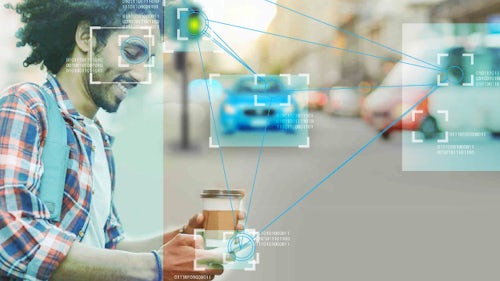Driving connectedness and leveraging capabilities in autonomous vehicle development
There remains a gap in the journey from today’s Level 1, 2, and 3 advanced driver-assistance systems (ADAS) capabilities to capabilities needed for developing a fully autonomous vehicle (AV). To bridge this gap, AVs may need to rely on feedback from the city and other AVs’ sensors to provide safer, efficient route guidance and automated driving, which would require transportation management systems to be well connected. However, as connecting vehicles to other infrastructures expands, complexity grows, and the AV becomes a sub-system of a connected transportation ecosystem.
In this white paper, CIMdata forecasts that automakers connecting data with learning digital twins will realize significant benefits during AV development and operations — building trust with cities and passengers.
Connecting data with learning digital twins during AV development
Autonomous vehicle development requires considering complex operational scenarios easier to discover when applying model-based systems engineering principles supported by architectural frameworks designed to ensure consistency. Customers, automakers, and cities will use Artificial Intelligence/Machine Learning (AI/ML) with powerful computing platforms within the AV and provide a city service. Leveraging real-world measurements to correlate virtual model-based scenarios using digital twins to help assess complex operational anomalies will make AV upgrades safer and more reliable as learning and adaptation keep models trustworthy. And doing this in near real-time keeps them well connected and aligned.
Connect business processes in AV development to maintain services and upgrades
Connectedness is the collection of capabilities needed to keep models trusted, help teams collaborate faster, and provide frameworks to work across cities and automakers. Different cities will likely be at varying levels of sensor fusion and traffic management. Because of that, AV developers need to support these variations as the vehicle moves from one city to the next. Enabling AV adaptation via in-field upgrades using Over-The-Air upgrading capabilities to refresh vehicle software requires coordinating upgrade releases with back-office computer services, such as traffic management and route planning. This scenario will make connectedness continuous — always there, learning, and then deciding if adaptation is needed.
Download the white paper to learn more about why CIMdata recommends that companies consider Siemens’ portfolio of solutions for autonomous vehicle development.
